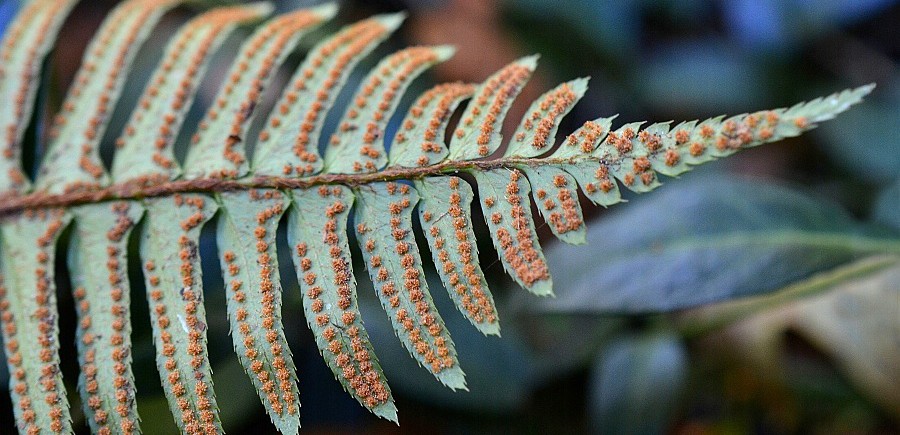
The tree is more than first a seed, then a stem, then a living trunk, and dead timber. The tree is a slow, enduring force straining to win the sky. —Antoine de Saint-Exupery (1900-1944) Wisdom of the Sands
____________________
When my husband and I bought our home in the forest, I made a promise to myself that I would never cut down any of the trees. But that was a naive way of thinking on my part, for nature would dictate otherwise.
The first tree felling was in 2008. It was a sad time because I’d spent more than a decade coming to know and love every tree on our forest property. I am protective of them. They are old friends. When the time came, I made my selections carefully. There was the dead fir tree, where woodpeckers and brown creepers hunted insects. It had to be cut. It was a hazard; a dangerous snag that leaned precariously at our footpath, and our house. Although no longer standing, that fir still exists. Only now, it lies on the forest floor. A nurse log, it provides habitat for many plants and animals. Also felled that year, was a 100-foot tall western hemlock, a beautiful, majestic tree that leaned dangerously close to the house. I adored that tree, but again, it was a safety concern. When the hemlock was felled, we saw that its heartwood had started to rot. That eased the pain some, but I still miss that tree. Its towering trunk, limbed and chunked, was left on the forest floor where it is continually used by wild things.
Seven years has since passed, and the forest was closing in. It was time to remove overgrown vegetation, and to prune, and thin the trees. Doing so would allow additional light on the forest floor, help to create new habitat, and aid in nourishing and rehabilitating old soil. It took some careful planning. I walked the woods surveying the trees to be felled and pruned. I didn’t want to cut more trees than I had to and spent the better part of the summer making the selections. Once selected, I waited until the nesting season was over for our avian friends.
My careful selections were:
6 bigleaf maples (felled, leaving stumps and trunks for snag habitat)
1 small dead fir (topped, leaving 10-feet for snag habitat)
3 western red cedar trees (pruned for light)
1 rotted western red cedar (topped, leaving 20 feet for snag habitat)
1 leaning red alder (felled and chunked for nurse log habitat)
So, on an early morning in September the first crew arrived from the Alder Creek Tree Service, a local company that does excellent work, and that did the job in 2008. Conditions had been dry for a very long time, so when it rained several days before the project, I was relieved as it snuffed out any chances of a fire triggered by the spark of a chainsaw.
My concern was now for the wildlife, especially the squirrels that frequented the trees slated to be felled. When I asked the crew if they would watch out for them, they assured me they would. One of the tree cutters told me about a nest of baby squirrels he’d rescued during a job, and that he later released. He also said that he was now raising a handful of orphaned baby opossums. I liked what I heard, and knew that the trees and the wildlife were in good hands.
For two days, chain saws and the wood chipper rattled the forest. The wood chipper was the worst with an awful, screeching roar as it was fed trunks, branches, and leaves that it digested into mulch. The mulch was a blend of maple and cedar that released a heady, intoxicating sweet spice through the woods. It was on the second day that I asked, “What do you do with the mulch?” And was disappointed to learn that the first truckload had been dumped in a landfill. I guess I should have asked that question sooner. The second batch of mulch I kept. The wood, two large truckloads, I donated. The wood will be used for smoking chips.
When the tree cutters finished, I was happy with the result. Where there was darkness, there was light. It was good to see the sky again. Trees are no longer crowded, and their limbs no longer heavy. They stand prouder now as they reach for the sky. There are fresh stumps, snags, and logs for habitat, which the wildlife approves. With leftover rounds from the Triple Trunk Maple, there was enough for a small woodpile. This will create a micro habitat, and will also serve as a study area for myself. Following the tree work, I spent a week cutting and pulling salmonberry and Oregon grape; if not controlled, these shrubs will take over. (Don’t worry, I didn’t pull them all.) Once these areas were cleared, I bordered them with short fences using only cinder blocks and treated posts; easy-peasy. I then got to work on the mulch pile—scooping, hauling, dumping, and raking, putting it down thick to help rehabilitate the soil. It’s all good!
The mulch pile turned into a bigger job than anticipated; a task that took most of September and October, and still there’s enough to fill two-dozen wheelbarrows. Can you imagine if I’d kept both truckloads? My hope was to finish before the autumn rains arrived, but I didn’t make it. I hung my sweater on the hook in the mud room. The smell of tree sap still clinging to its fibers. A spice so delicious, I can’t bring myself to wash it. As for the mulch pile, it will keep ’till spring.
____________________
Copyright 2015. All rights reserved


















You must be logged in to post a comment.